How the Aventine triad’s temple (493 BCE) turned ritual into law, archives, and grain—shaping plebeian identity in the early Republic.
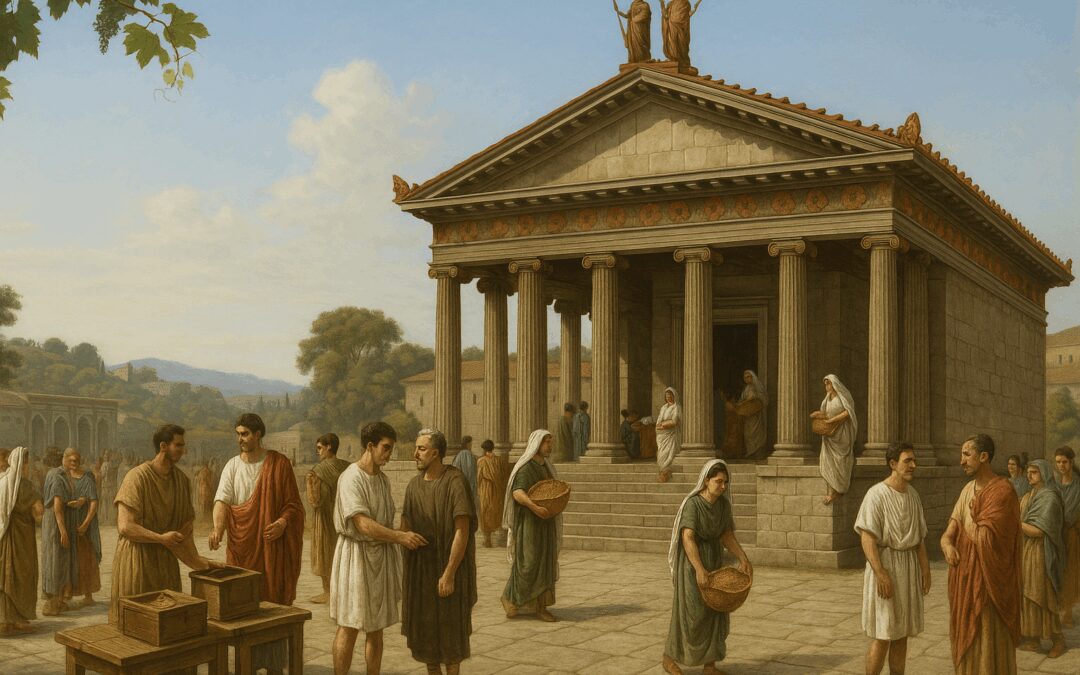

How the Aventine triad’s temple (493 BCE) turned ritual into law, archives, and grain—shaping plebeian identity in the early Republic.
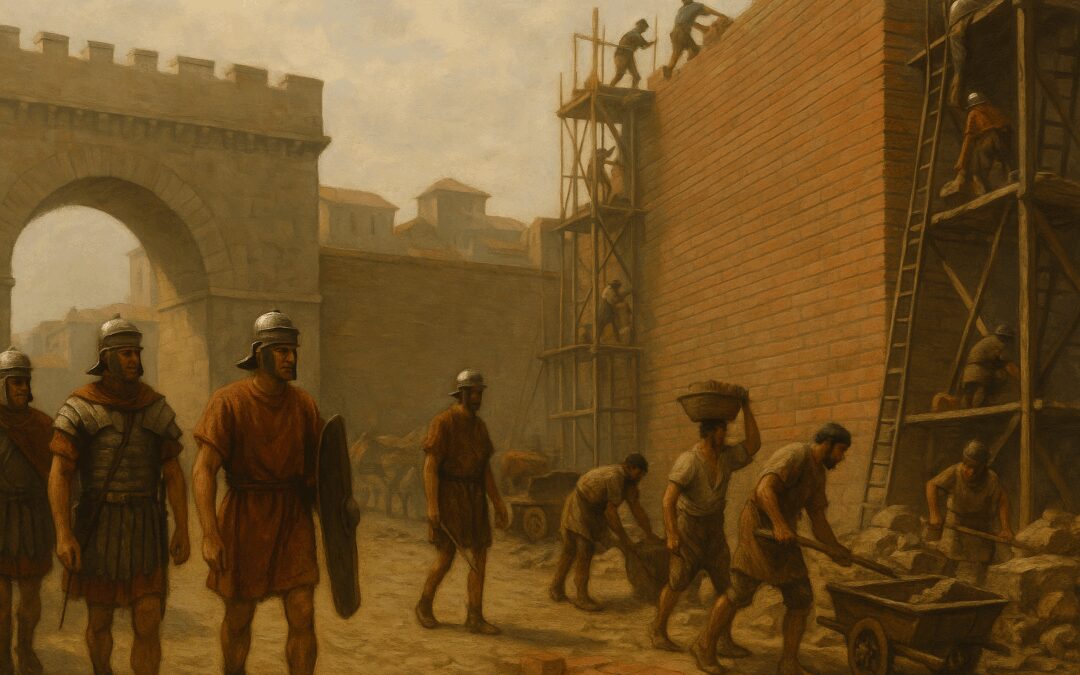
How the Aurelian Walls reshaped Rome’s urban landscape and safeguarded the empire in the late 3rd century.

Discover how Julius Caesar and Augustus transformed Rome’s Senate House into the enduring Curia Julia, shaping political life for centuries.
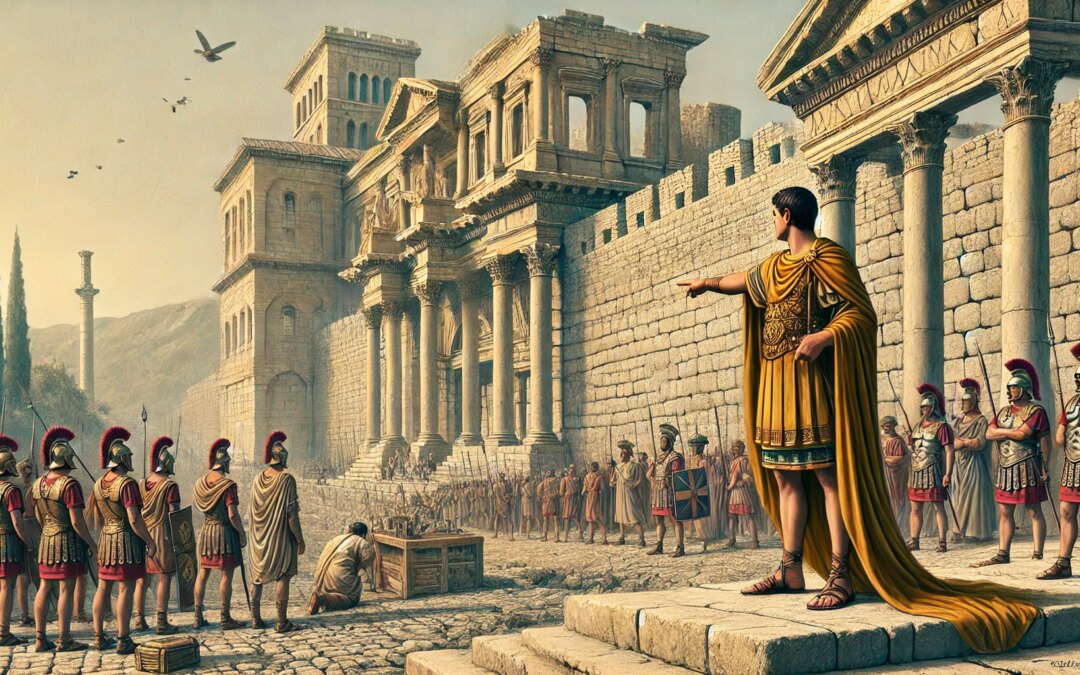
Explore Diocletian’s Palace in Split, the Roman emperor’s blend of military power and personal retreat on the Adriatic coast.
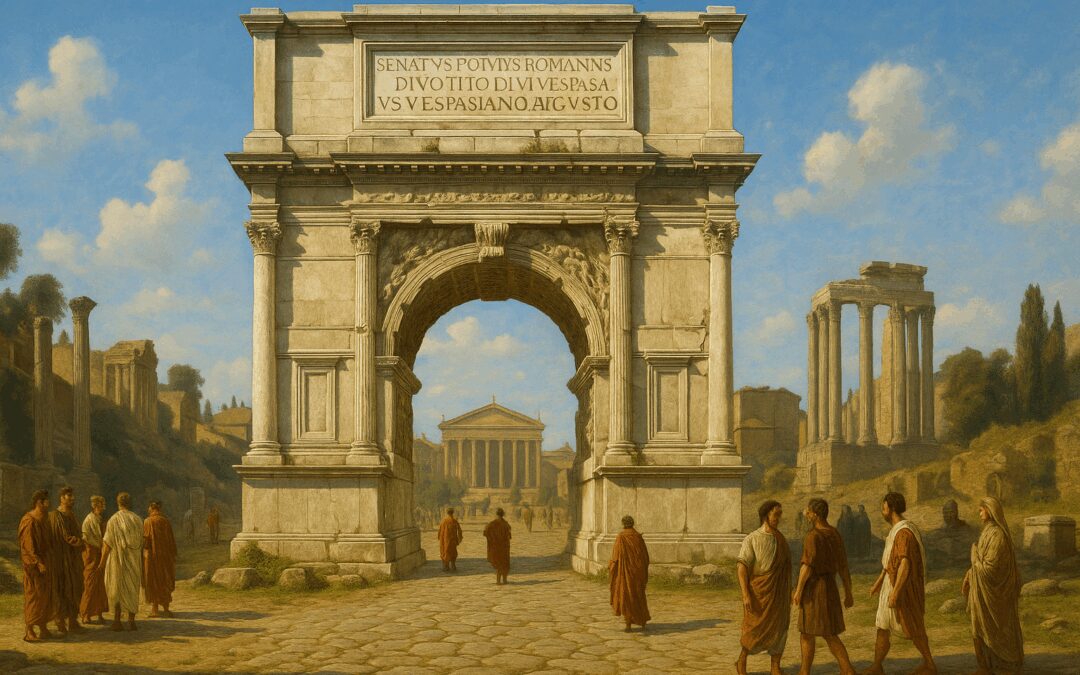
Explore how the Arch of Titus in the Roman Forum, erected in AD 82, immortalized the victory of Titus over Jerusalem and influenced triumphal architecture for centuries.
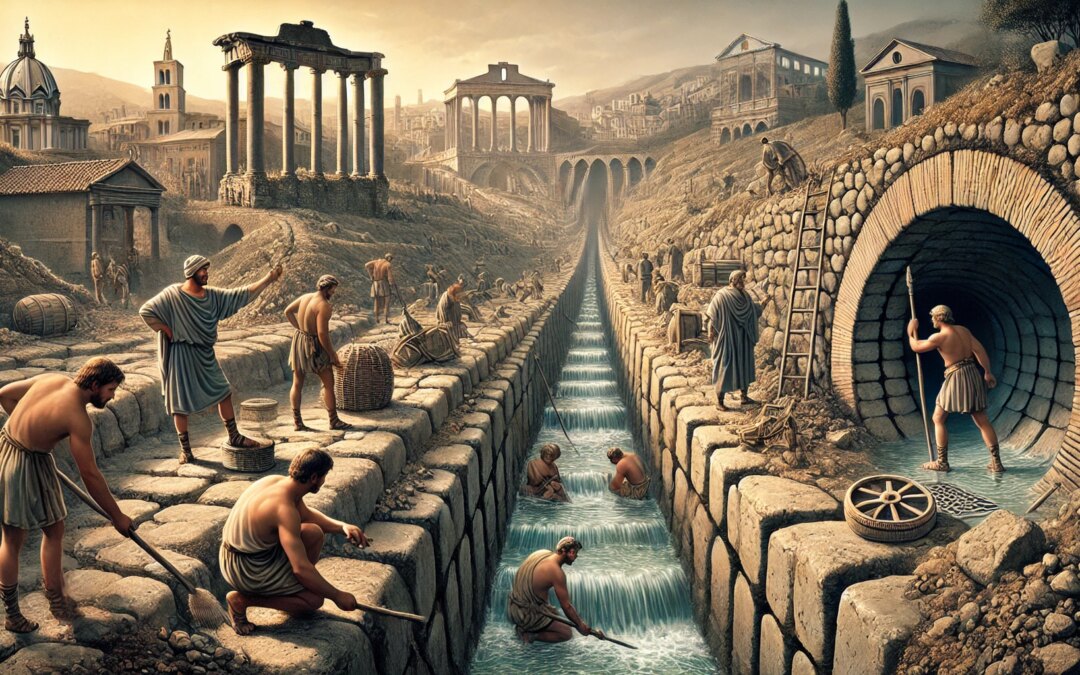
Uncover the story behind the Cloaca Maxima, Rome’s monumental sewer system built in the 6th century BC that defined ancient urban engineering.
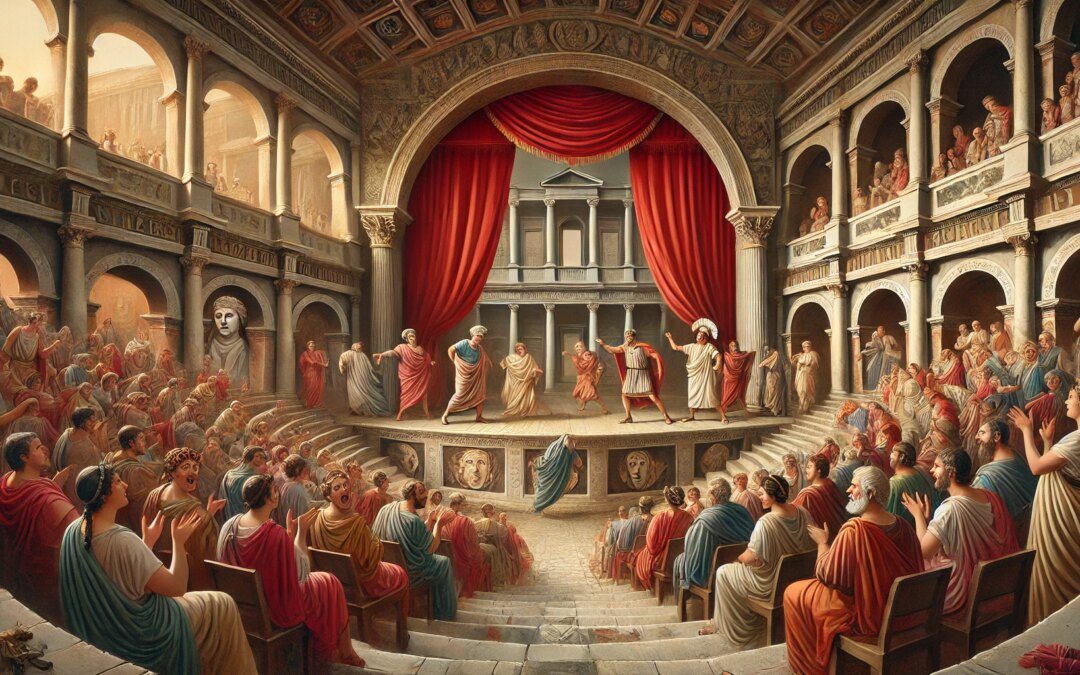
Discover the vibrant world of Roman theater—where comedy, tragedy, and satire shaped public entertainment and politics.
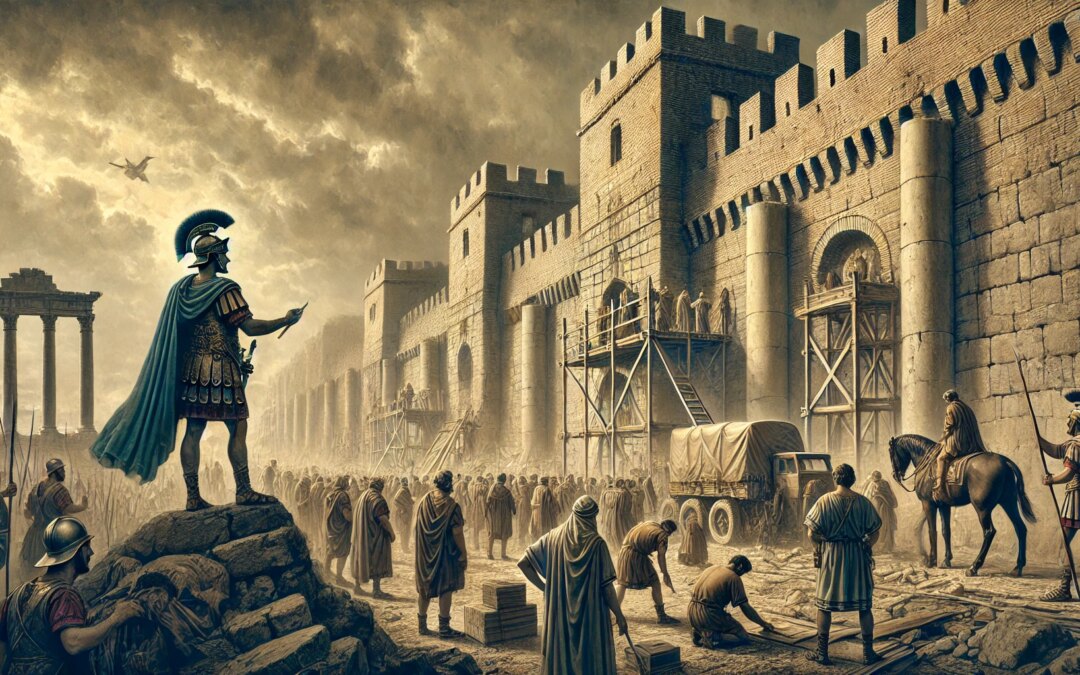
Explore how Emperor Aurelian’s defensive walls redefined the security of Rome during the 3rd century crisis.
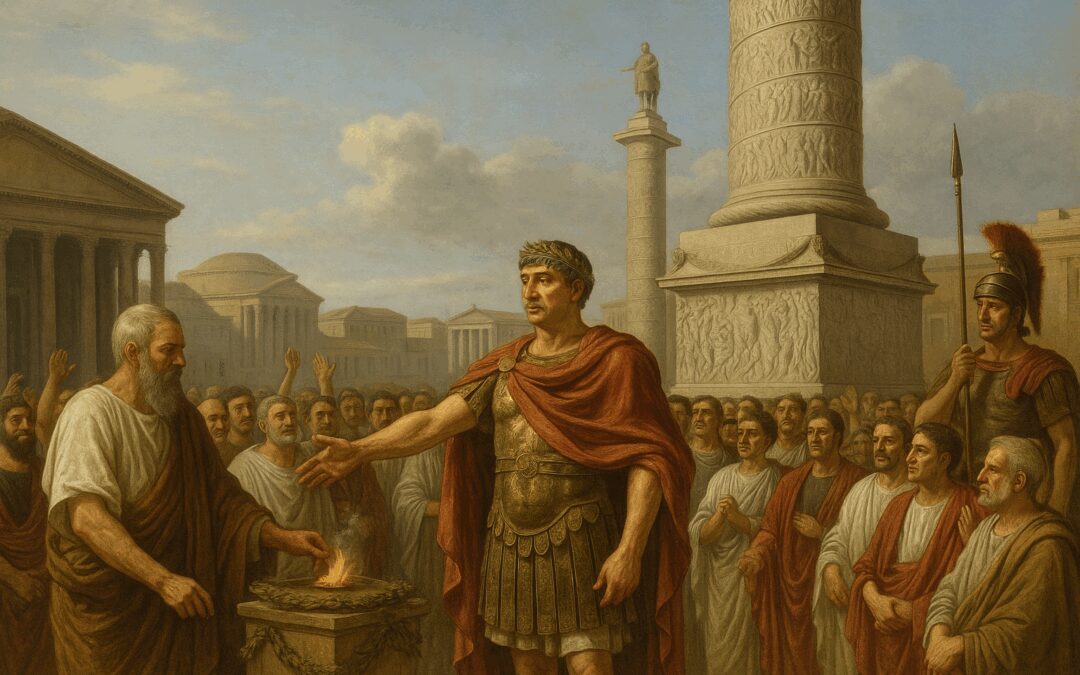
In 113 AD, Emperor Trajan dedicated Trajan’s Column in Rome, celebrating his victories in Dacia and symbolizing imperial glory. Learn how this monumental structure reflected Rome’s power and architectural mastery.
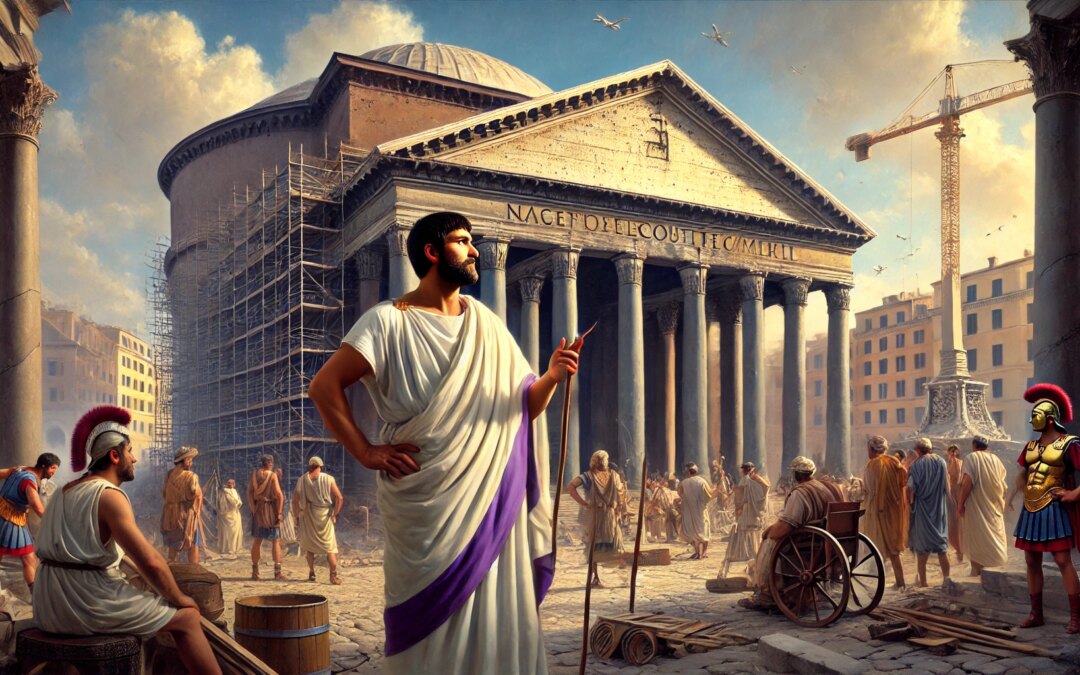
In 27 BC, Marcus Vipsanius Agrippa, right hand of Augustus, began constructing the original Pantheon—a symbol of imperial ambition and Roman engineering mastery.